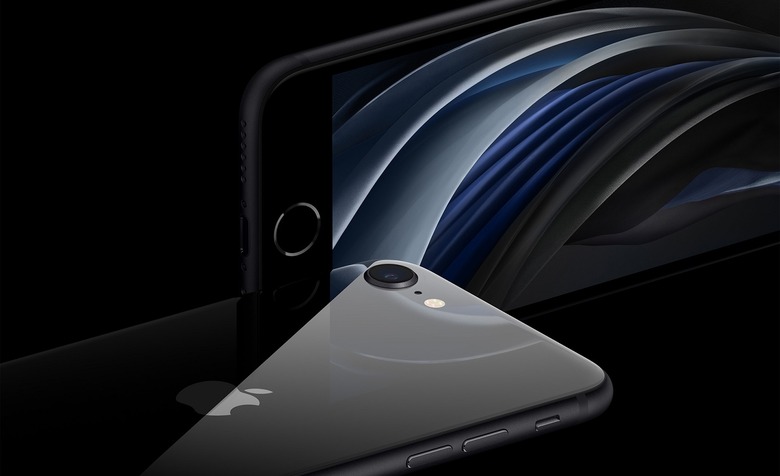Apple's $399 iPhone SE Is More Powerful Than Top-Of-The Line Android Handsets
- Apple's iPhone SE, powered by the A13 Bionic, delivers better performance than top of the line Android smartphones.
- Priced at $399, the new iPhone SE offers users an incredible value proposition that rival Android handset makers simply can't compete with.
- Visit BGR's homepage for more stories.
While you can argue that the overall look and feel of the iPhone has become a bit stale in recent years, the same can't be said for the hardware that powers Apple's smartphone lineup. Ever since Apple started designing its own processors, successive iPhone models dating back to the iPhone 4 have consistently delivered best-in-class performance that typically leave rivals struggling to keep pace.
The most recent Apple processor — the A13 Bionic — was introduced last year and can be found across Apple's iPhone 11 lineup. Per usual, the A13 delivers huge performance gains compared to its predecessor. Just as important, Apple notes that the A13 is about 20% more power-efficient than the A12. Suffice it to say, Apple's A13 is an absolute screamer, which makes it all the more impressive that it powers Apple's brand new and budget-friendly iPhone SE.
With the iPhone SE priced at $399, the device delivers the same type of performance consumers would ordinarily find on Apple's higher-end iPhone models. In turn, Apple's iPhone SE is also more powerful than many top-of-the-line Android smartphones that cost significantly more.
Even Android enthusiasts have taken notice of the value proposition offered by the new iPhone SE, with Jerry Hildenbrand of Android Central recently noting:
[The] A13 is a stronger chip than the Snapdragon 865 for daily use in every category — we've seen this applied in real life in the iPhone 11 already.
Nerdy things like CPU threads aside, you'll notice how well the new iPhone SE performs when you use it. Everything in a modern smartphone from web browsing to camera performance to less-used things like AR depends on the processor. You need to crunch numbers really fast if you want your phone to respond really fast. The $399 iPhone SE will be able to do these things faster than the new OnePlus 8 Pro or the Samsung Galaxy S20+.
The difference is even more stark when you compare the iPhone SE to Android devices with a Snapdragon 855 chipset. To wit, a speed test pitting the Pixel 4 XL against an iPhone 11 Pro Max with an A13 processor wasn't even close. In fact, there have already been tests showing the iPhone SE outperforming Samsung's recently released Galaxy S20 Ultra.
Will we eventually see Android devices capable of taking on A13-powered iPhones? That's clearly inevitable. But for the time being, as it stands today, you'd be hard-pressed to find a smartphone that offers up more bang for the buck from a performance perspective than Apple's iPhone SE.
Looking ahead, we can expect to see Apple take mobile smartphone performance to even greater heights when it introduces the A14 on the iPhone 12 later this year. Incidentally, mass production on the iPhone 12 has reportedly been pushed back by a month. Further, Apple plans to manufacture about 20% fewer iPhones this year on account of the coronavirus having a big impact on demand.
